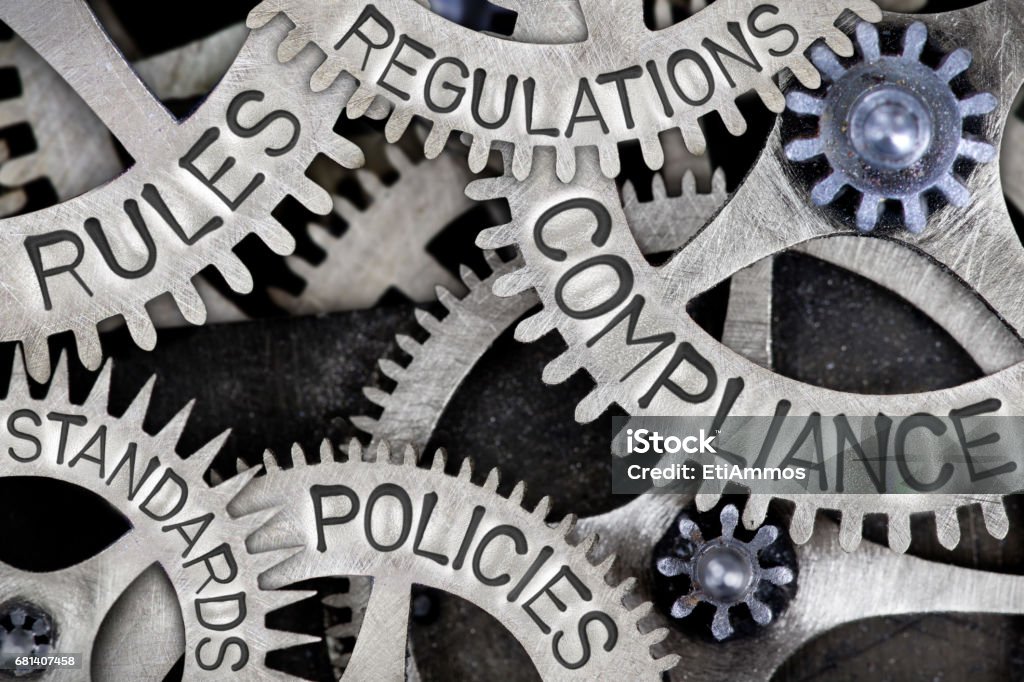Liquid Silicone Rubber (LSR) injection molding stands as a pinnacle of innovation in the realm of advanced manufacturing. This cutting-edge process has transformed the production landscape, offering unparalleled precision, flexibility, and performance across a myriad of industries. From automotive and healthcare to consumer electronics and beyond, LSR injection molding has emerged as a cornerstone technology, driving advancements in product design, functionality, and efficiency. In this article, we embark on a journey to uncover the transformative power of liquid silicone rubber injection molding, exploring its applications, advantages, and future prospects.
Understanding Liquid Silicone Rubber Injection Molding
Liquid silicone rubber injection molding involves the injection of liquid silicone rubber into a mold cavity under high pressure and temperature. The process begins with the preparation of the silicone material, which typically consists of two liquid components – a silicone polymer base and a curing agent or catalyst. These components are mixed together in precise proportions and then injected into a heated mold using specialized equipment. Once injected, the silicone material undergoes curing, resulting in the formation of a solid silicone part that accurately replicates the geometry of the mold.
Advantages of Liquid Silicone Rubber Injection Molding
1. Design Freedom and Precision
One of the key advantages of liquid silicone rubber injection molding is its ability to produce intricate and complex geometries with exceptional precision. The process allows for the creation of parts with thin walls, tight tolerances, and intricate details that would be challenging or impossible to achieve with traditional manufacturing methods. This design freedom enables engineers and designers to push the boundaries of innovation, creating products that meet the most demanding specifications.
2. Material Properties
Liquid silicone rubber exhibits a unique combination of properties that make it highly desirable for a wide range of applications. LSR parts are known for their flexibility, elasticity, and durability, as well as their resistance to extreme temperatures, chemicals, and environmental factors. Additionally, liquid silicone rubber is biocompatible and hypoallergenic, making it suitable for use in medical devices, implants, and other healthcare applications.
3. Overmolding Capabilities
Liquid silicone rubber injection molding enables the overmolding of different materials, allowing for the creation of multi-component parts with varying textures, colors, and durometers. This versatility opens up new possibilities for product innovation and differentiation, enhancing both functionality and aesthetics. Overmolded LSR parts can combine the benefits of silicone with the properties of other materials, such as rigid plastics or metals, to achieve optimal performance and functionality.
4. Cost-Efficiency and Scalability
Despite its advanced capabilities, liquid silicone rubber injection molding can be a cost-effective solution for high-volume production runs. The process offers fast cycle times, minimal material waste, and reduced labor costs compared to traditional molding methods. Additionally, LSR molds have a long lifespan and can withstand thousands of cycles, making them a reliable and cost-efficient investment for manufacturers.
Applications of Liquid Silicone Rubber Injection Molding
1. Healthcare and Medical Devices
Liquid silicone rubber injection molding plays a critical role in the healthcare industry, where biocompatibility and sterilizability are paramount. LSR parts are used to manufacture a variety of medical devices, including seals, gaskets, tubing, and implantable components. The exceptional properties of liquid silicone rubber make it an ideal material for applications where safety, reliability, and performance are of utmost importance.
2. Automotive Industry
In the automotive sector, liquid silicone rubber injection molding is employed to produce a wide range of components, including seals, gaskets, connectors, and vibration dampers. LSR parts offer excellent resistance to heat, cold, and automotive fluids, making them ideal for under-the-hood applications and exterior trim components. Additionally, the flexibility of liquid silicone rubber enables the creation of soft-touch interiors and ergonomic designs that enhance the driving experience.
3. Consumer Electronics
Liquid silicone rubber injection molding is widely used in the consumer electronics industry to produce components such as keypads, buttons, seals, and protective covers. LSR parts offer excellent resistance to wear, tear, and environmental factors, making them well-suited for use in smartphones, wearables, and other electronic devices. The flexibility and durability of liquid silicone rubber enable the creation of sleek, lightweight designs that meet the demands of today’s tech-savvy consumers.
4. Industrial and Aerospace Applications
In addition to healthcare, automotive, and consumer electronics, liquid silicone rubber injection molding finds applications in industrial and aerospace sectors. LSR parts are used to manufacture seals, gaskets, O-rings, and vibration damping components that require exceptional performance in harsh environments, including high temperatures, low temperatures, and exposure to fuels, lubricants, and hydraulic fluids.
Future Trends and Innovations
Looking ahead, the future of liquid silicone rubber injection molding is filled with promise, driven by advancements in materials, technology, and process optimization. Key trends to watch include:
Advanced Materials Development: Ongoing research into novel LSR formulations, including self-healing silicones, conductive silicones, and bio-based silicones, is expanding the range of applications for liquid silicone rubber injection molding in emerging industries such as electronics, renewable energy, and advanced manufacturing.
Digitalization and Industry 4.0 Integration: The integration of liquid silicone rubber injection molding with digital technologies, such as real-time monitoring systems, predictive maintenance algorithms, and automated quality control processes, is enhancing production efficiency, reducing downtime, and improving overall product quality.
Sustainability Initiatives: With growing emphasis on sustainability and environmental responsibility, manufacturers are exploring ways to optimize material usage, minimize waste, and reduce energy consumption in liquid silicone rubber injection molding processes. This includes the development of bio-based silicone materials, as well as recycling and reuse initiatives for liquid silicone rubber waste.
In conclusion, liquid silicone rubber injection molding represents a paradigm shift in modern manufacturing, offering unmatched versatility, precision, and performance across a diverse range of industries. With its ability to produce complex parts with exceptional properties, liquid silicone rubber injection molding continues to drive innovation, enabling the creation of products that push the boundaries of design, functionality, and sustainability. As technology advances and new applications emerge, liquid silicone rubber injection molding is poised to remain at the forefront of manufacturing innovation, shaping the future of industries around the globe.



